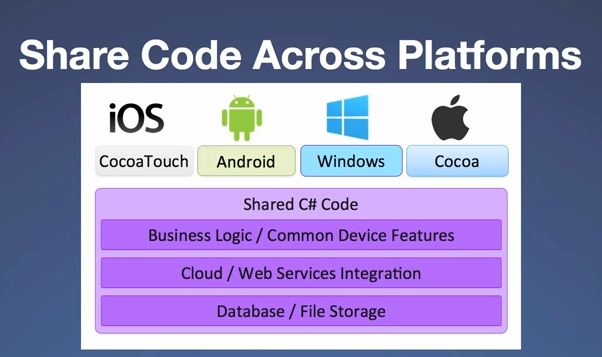Xamarin delivers tool for building native Mac OS X apps with C#

On December 12, Xamarin made generally available ia new tool for creating native Cocoa apps for Mac OS X with C# and the .Net framework.

The new tool, known as Xamarin.Mac, makes use of the MonoDevelop integrated development environment on Macs to build and test apps that users can purchase from the App Store. There's a $399 personal-use version of the new tool. The $999 enterprise version of the product includes a one-year subscription to any and all product updates.
In a blog post announcing Xamarin.Mac, Xamarin representatives said they decided to build the tool as a result of developer demand for a way to "create Mac experiences with C#." The new product fills out Xamarin's product line, allowing developers to "use the same language and framework that you love to create native applications for all major consumer platforms."
"Under the hood, you can choose the combination of .NET library functionality and native Mac OS X APIs (application programming interfaces) that works best for your application," Xamarin reps explained.
Xamarin is the company behind the Mono open-source implementation of Microsoft's C# and the Common Language Runtime (CLR). Xamarin abandonned work on iMoonlight, its Silverlight on Linux/Unix implementation, more than a year ago.
Xamarin Chief Technology Officer Miguel de Icaza couldn't resist zinging Microsoft in announcing availability of Xamarin.Mac.
"Further proof that we love C# and .NET more than Microsoft does," de Icaza tweeted.
De Icaza also tweeted a link to a Goldman Sachs research report that trumpeted the fact that if mobile phones and tablets are added to the mix, Microsoft's overall operating-system market share isn't the 90+ percent often cited for PCs, but actually closer to 20 percent.
Microsoft has been encouraging developers to use HTML and JavaScript if and when possible to build Windows 8 and Windows RT apps. Despite this encouragement, the majority of applications currently available in the Windows Store seem to have been written using XAML and Microsoft's .Net languages like C#.